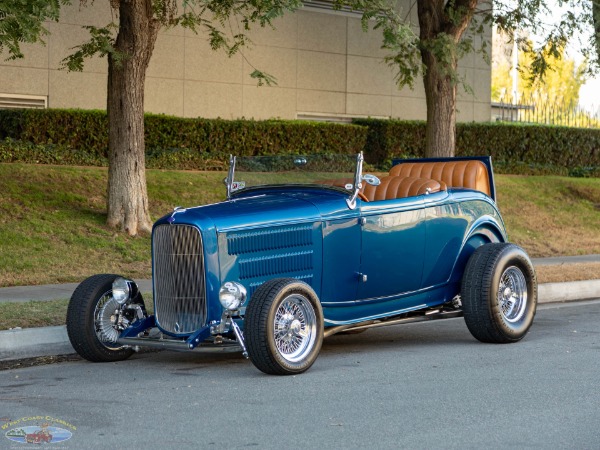The 1932 Ford Hi Boy Roadster: A Symbol of Hot Rod Culture
In the post-World War II era, the automotive landscape of America underwent a dramatic transformation, fueled in large part by the emergence of hot rod culture. At the heart of this movement was the iconic 1932 Ford Hi Boy Roadster, often affectionately referred to as the “Deuce.” Let’s take a deep dive into the specifics of this legendary vehicle and its enduring impact on American car culture.
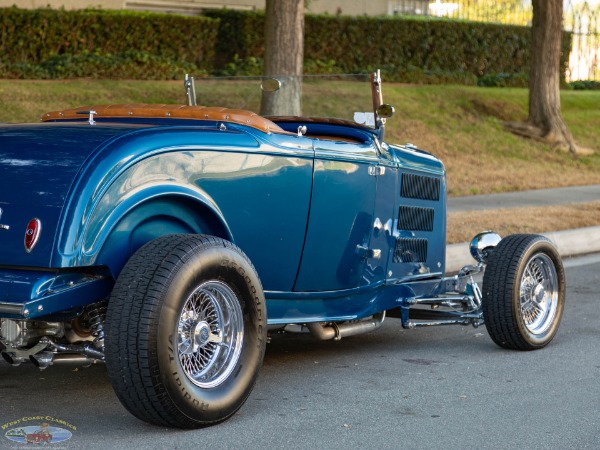
Design and Aesthetics
The 1932 Ford Hi Boy Roadster possessed a design that was nothing short of timeless. Its minimalist, low-slung body featured a distinctive high grille, a trademark of the era, and elegantly swept-back fenders. The open-top, two-seater configuration exuded an air of speed and freedom, making it the perfect canvas for customization. The Deuce’s design captured the essence of what hot rodding was all about: the pursuit of excitement and individuality.
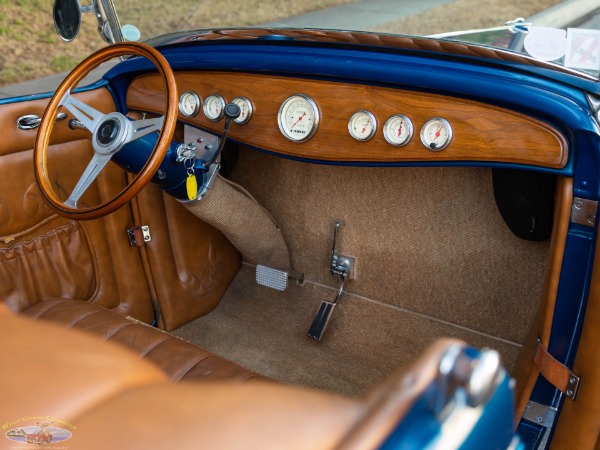
Engine Options and Power – 1932 Ford Hi Boy Roadster
One of the most defining features of the 1932 Ford Roadster was its potent V8 engine. Ford offered multiple engine options for this model, but it was the legendary flathead V8 that became a standout choice among hot rodders. This engine, known for its durability and simplicity, provided a solid foundation for hot rodders to unleash their creativity. Many enthusiasts embarked on extensive engine modifications, equipping their Deuces with high-performance components to squeeze out every available ounce of horsepower. This dedication to enhancing power and performance was at the core of hot rod culture, and the Deuce was the perfect platform for these endeavors.
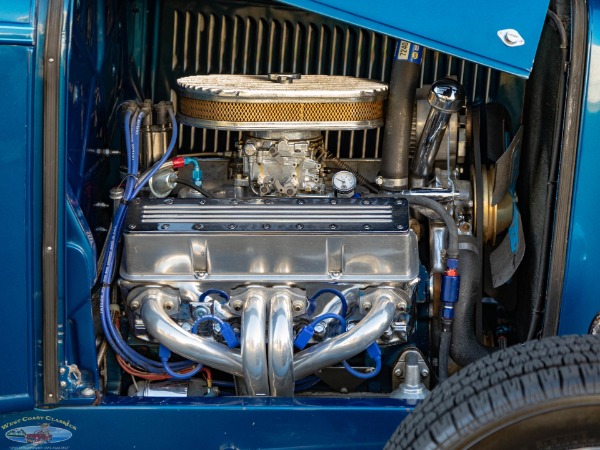
Performance and Racing Dominance
The lightweight construction of the 1932 Ford Roadster, coupled with its powerful V8 engines, made it a formidable performer. Its exceptional power-to-weight ratio was one of the key factors that made it a favorite on the drag racing scene. The combination of a responsive chassis and ample engine power allowed hot rodders to achieve remarkable acceleration and top speeds. The Deuce’s dominance on the drag strips solidified its reputation as a true performance icon.
Customization and Modifications
What truly set the 1932 Ford Hi Boy Roadster apart was its adaptability to customization. Hot rodders saw the Deuce as a blank canvas, a vehicle that could be transformed according to their individual visions. Modifications ranged from extensive engine upgrades and suspension enhancements to unique bodywork and custom paint jobs. The possibilities for personalization were virtually limitless, and this culture of creativity and innovation was a defining characteristic of hot rod culture.
Our 1932 Ford Roadster
We proudly introduce an exquisite 1932 ‘Deuce’ Ford Model ‘B’ Highboy Roadster Hot Rod. Titled as a 1932 Ford, representing an exemplary traditional Hot Rod conversion. This fiberglass 1932 Ford Roadster boasts a small block 327ci Chevrolet engine. Paired with a 350 Turbo automatic transmission. Notable features encompass a chopped windshield, canvas top, 4-piece steel hood with louvered sides, a meticulously detailed chassis, tilt column, dual circuit brakes with front and rear discs, and a Jaguar rear end with 4-link suspension.
Innovations in Racing TechnologyThe 1932 Ford Roadster became a symbol of innovation in the racing world. Hot rodders were relentless in their pursuit of speed and performance, pushing the envelope with their modifications. This drive for excellence led to innovations in engine tuning, aerodynamics, and tire technology. Many of the advancements that emerged from the hot rod scene eventually found their way into mainstream automotive racing, influencing the direction of the entire industry.
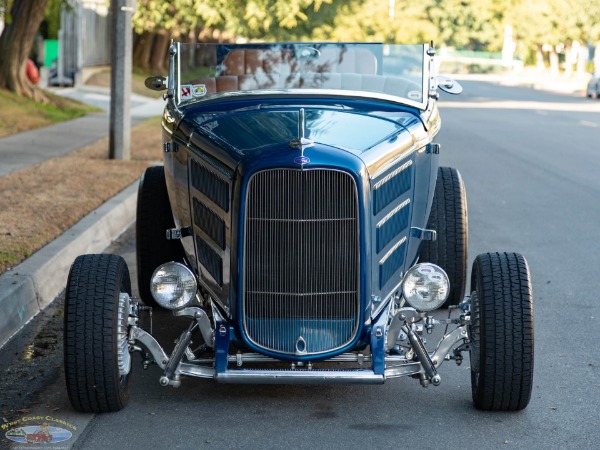
Enduring Cultural Significance
Furthermore, beyond its role as a high-performance machine, the 1932 Ford Hi Boy Roadster holds a special place in American automotive history due to its cultural significance. Additionally, it embodied the spirit of post-war America, representing freedom, individuality, and the pursuit of speed. Moreover, the Deuce’s enduring cultural impact is evident in its presence in music, movies, and fashion, where it continues to be celebrated as an iconic symbol of American pop culture.
OUR OTHER INVENTORY
In conclusion, the 1932 Ford Hi Boy Roadster remains a symbol of hot rod culture. As well as a testament to the passion and creativity of automotive enthusiasts. Furthermore, its design, power, and adaptability to customization set it apart as a true American icon. Additionally, as we reflect on the enduring legacy of the Deuce, we recognize its pivotal role in shaping the automotive landscape. Inspiring generations of car enthusiasts to embrace the spirit of innovation and individuality. Moreover, the 1932 Ford Hi Boy Roadster will forever hold a special place in the heart of American car culture. Reminding us of the timeless allure of the open road and the pursuit of automotive excellence.

